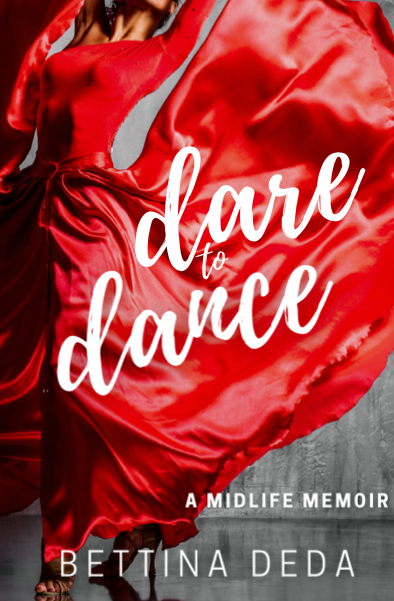With excitement and anticipation, I was looking forward to our Cockatoo Island excursion with The Contemporaries to view The Biennale Sydney exhibition Embassy of the Real. A sunny Autumn day set the perfect scene for our ‘arty’ outing on Saturday, the 19th of March. Until the 5th of June, the Biennale takes over our beautiful harbour city with exhibitions and art installations in the Art Gallery of New South Wales, the Museum of Contemporary Art (MCA), Cockatoo Island, Artspace in Woolloomooloo, the Mortuary Station in Chippendale, and Carriageworks in Eveleigh. Overall, there are 83 artists from 35 countries showing their works.
After gathering in front of the MCA, where we got a short introduction of Richard Bell’s Embassy installation, remembering the original Aboriginal Tent Embassy, which was established on the 26th of January 1972 by Redfern-based Aboriginal activists. Then we hopped into a water taxi and enjoyed the ride across the sparkling harbour to Cockatoo Island. I was looking forward to our guided tour covering the majority of the artworks displayed. The exhibition on the island – Embassy of the Real – is one of the Embassies of Thought, curated by Artistic Director Stephanie Rosenthal, under the umbrella theme of this year’s Biennale ‘The Future Is Already Here – It’s Just Not Evenly Distributed’.
Our tour started on top of the island with an incredible installation of the Berlin-based Japanese artist Chiharu Shiota. She wrapped the interior of one of the sandstone barracks including several white beds in black yarn – reminding me of a three-dimensional spider web – so intricately woven that I almost felt uncomfortable in this eerie space. This installation is hard to describe with words, you have to experience and feel it.
The next stop was a room with a tiled floor and nothing else in it. Wandering with my eyes around the room to work out where the artwork is, it took me a minute to realise that mosaic pattern on the floor was made of sand; as we learned from our guides, the artist Migel Ángel Rojas used sand from the island to create his work.
Abstract paintings from Dutch artist Maaike Schoorel decorated the next building. At first sight, you could not recognise a lot on the canvasses; however, when observing them in more detail, subtle figures emerged. The artist used realistic images, displayed on a table in one corner of the room, as inspiration for her abstract paintings. Once I had a look at these inspirational images, I could allocate the paintings to each of them. These paintings surely are a conversation starter.
At our next stop, I came across my personal highlight of the Cockatoo Island exhibition: Emma McNally’s large-scale monochromatic drawings. Looking like landscapes or solar systems from far away they transformed into detailed maps, scientific drawings, or stellar constellations – it was up to the viewer to decide what he wanted to see. I would have loved to spend more time there and will definitely return to immerse myself more in these outstanding drawings. What was remarkable in this space was how effortlessly the artworks blended into their environment. The rustic timber floor showed the same line marks as the artist’s drawings – a complete coincidence as we learned from our guide. The metal walls and roof construction of the building reflected the colours of Emma’s works and created a cohesive look and feel in this space. An overall very effective and impressive presentation for the visitors.
Willing to be vulnerable by Lee Bul was another highlight in the Industrial Precinct. The artist filled a huge turbine hall with her incredible installation of red and white painted sheets depicting circus tents, a monstrous silver blimp flying over our heads and immense plastic panels hanging down from the ceiling like dividing curtains. Again, this installation is hard to describe with words; I can only encourage you to make the trip to Cockatoo Island and experience it yourself.
One of the last works we looked at was by William Forsythe and invited the visitors to navigate a room full of swinging pendulums. At first sight, I thought the pendulums move back and forwards only, however, when entering the installation I noticed very quickly that the direction of the pendulums depended on the way people walked or jumped through it. It was a fun experience making my way through the swinging obstacles without touching them.
So, if you have not been to Cockatoo Island – yes I met Sydneysiders, who haven’t been there – or if you are willing to immerse yourself in the contemporary art scene, I highly recommend a trip to the island.
For more information about the exhibition, the artists and venues around Sydney visit www.biennaleofsydney.com.au












